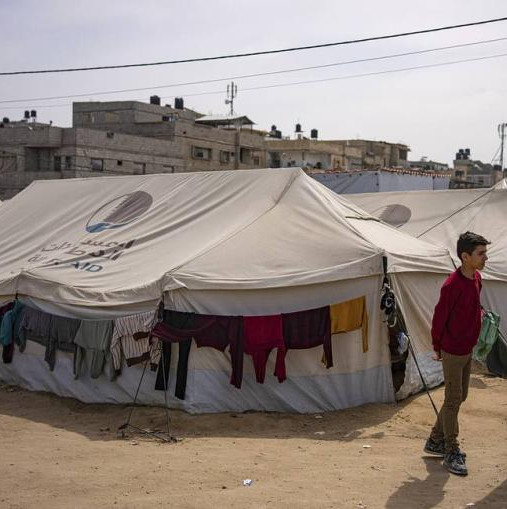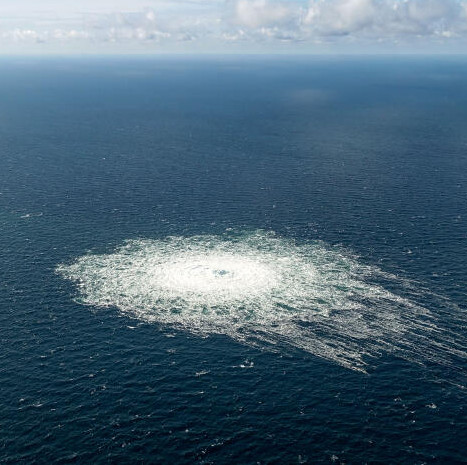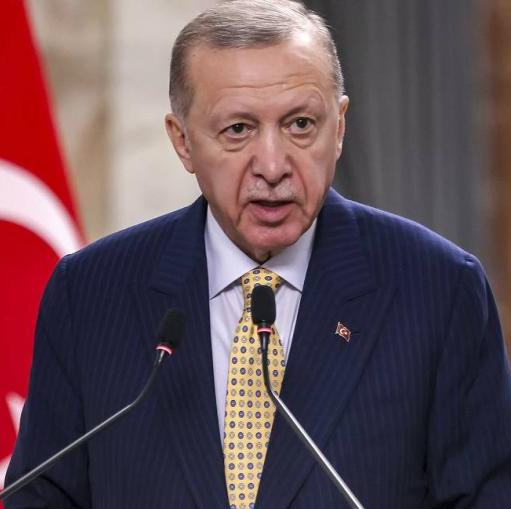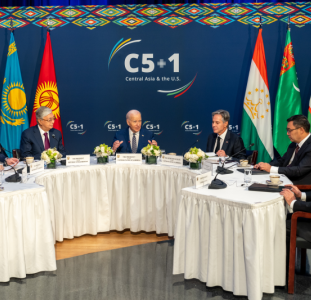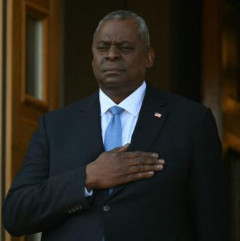The USA National Security Strategy was developed as far back as the early 90s. That time the Pentagon was instructed to be proactive with respect to the countries capable of resisting to these plans. The essence of these plans is to prevent emergence or development of any states competitive with the USA right down to the use of military force against them.
Today we clearly see two sides of the BME Project: one side is directed first of all against the states of Eurasia, Middle East and North Africa, the second one - against potential competitors in European and Pacific regions. The countries, which state borders are to be changed, include first of all Turkey.
With respect to this state the Project has been implemented since 1999. The USA unleashed the first and second Iraqi Wars to divide Iraq in three parts. On May 29, 1998, the Bush’s team including Ramsfeld, Wolfowitz, Woolsey and Perle, even before they came to power sent a message to President Clinton. The message expressed the need to use military force to provide for independence of South and North Iraq. In the course of the last Iraqi War an independent state has been actually created in the northern part of Iraq. Today the point is to legitimize it. In order to provide for survival of this state its borders should be expanded southwards to include Kirkuk oil fields, westwards to include fertile lands of Talafar, and northwards at the expense of Turkey. After Kirkuk the turn will be of Talafar and Dyarbakyr. It is not incidentally that former US Ambassador to Turkey Pearson claimed that the region from Ersrum to Baghdad is a united economic area. It is not incidentally that the American semi-official web sites display maps where Dyarbakyr is called a capital of “Great Kurdistan”.
The Great Kurdistan plan includes such components as the change of demographic situation in the Kirkuk area by means of Kurdish organizations, and compulsory emigration of Talafar Turkmens. They have to emigrate due to hostilities aggravated by regular bombings. Attacks of Kurdish combatants on Turkey compelled its army to conduct a military operation in Northern Iraq. Otherwise it would be impossible to maintain the territorial integrity of Turkey. At the same time Turkey does not contest the territorial integrity of Iraq.
The US control over Northern Iraq endangers not only Turkey but also many other countries from Western Europe to Eastern Asia. For North-Iraqi Kurdistan is not only an outpost of the USA to exercise control over energy resources of the region but also a bridgehead to conduct military operations in entire Eurasia. It follows that “independent Kurdistan” endangers stability of entire Eurasia. By the way, experts see a kind of similarity between today’s Northern Iraq and Chechnya at the turn of the century.
A similar bridgehead is being built today in Cyprus. The United States and its European allies and Israel also exercise clout on Turkey from this island. It is noteworthy that the European Parliament calls the Turkish contingent in Cyprus an occupation army. Two military bases already existing in the southern part of the island – Agrotur and Dikelia – would also facilitate Americanization of unified Cyprus. In this case, unified Cyprus should play the same role as Kosovo in the Balkans, and probably Georgia in the Caucasus. Former US State Secretary Powell called Turkey an Islamic state not by mistake. Substitution of “Islamism” for “Moderate Islam” may justify the anti-Turkey pressing. The similar logic justified encirclement of the USSR with a “green” belt regardless “the saturation” of the .Islam color.
Simultaneously the BME Project is a form of American supervision over its allies. This aspect should be discussed separately. Under the MBE Project NATO becomes an instrument of its implementation. After WWII the Alliance was established to appose the Socialist block and supervise the European allies of the USA. After the collapse of the USSR, NATO also lost its sense. Positioning of certain “Europeans” as competitors rather than allies of the USA made Washington to set new collective tasks for the Alliance members. But there is no other threat today but the threat to the unipolar world.
As far back as 2003 former Permanent US Representative to NATO Burns expressed an idea on NATO responsibility for the “Big Middle East”. Actually it explains the efforts to strengthen the NATO military components in Eastern and Southern Europe. Actually a future NATO mission will consist in the conduct of operations against opponents of American plans rather than peacekeeping operations. In his speech containing threats to the European allies of the USA Burns urged to simultaneously enlarge both the EU and NATO. But this very process becomes one of the obstacles to obtaining own competitive ability by the American allies. Moreover, “autonomism” of Europe. i.e. “aspiration of certain EU states to be competitive with the USA” , according to Burns, “leads to confusions”. By the way, Brzezinski also believes that intentions of Europe and the USA to be leaders in the same geopolitical areas pose the greatest risk to Washington.
The competition between the USA and EU becomes more and more evident. The disagreements base on a different degree of dependence of the USA and Western Europe on the Middle-East hydrocarbons. The USA consumes not so much oil from this region while Western Europe and Japan depend on it ten times more. But the political influence of the United States on the Middle East is much stronger than that of Europe. Actually due to its sole control over strategic oil supplies under pretext of involvement in the BME Project the United States is going to maintain its position of a global leader.
